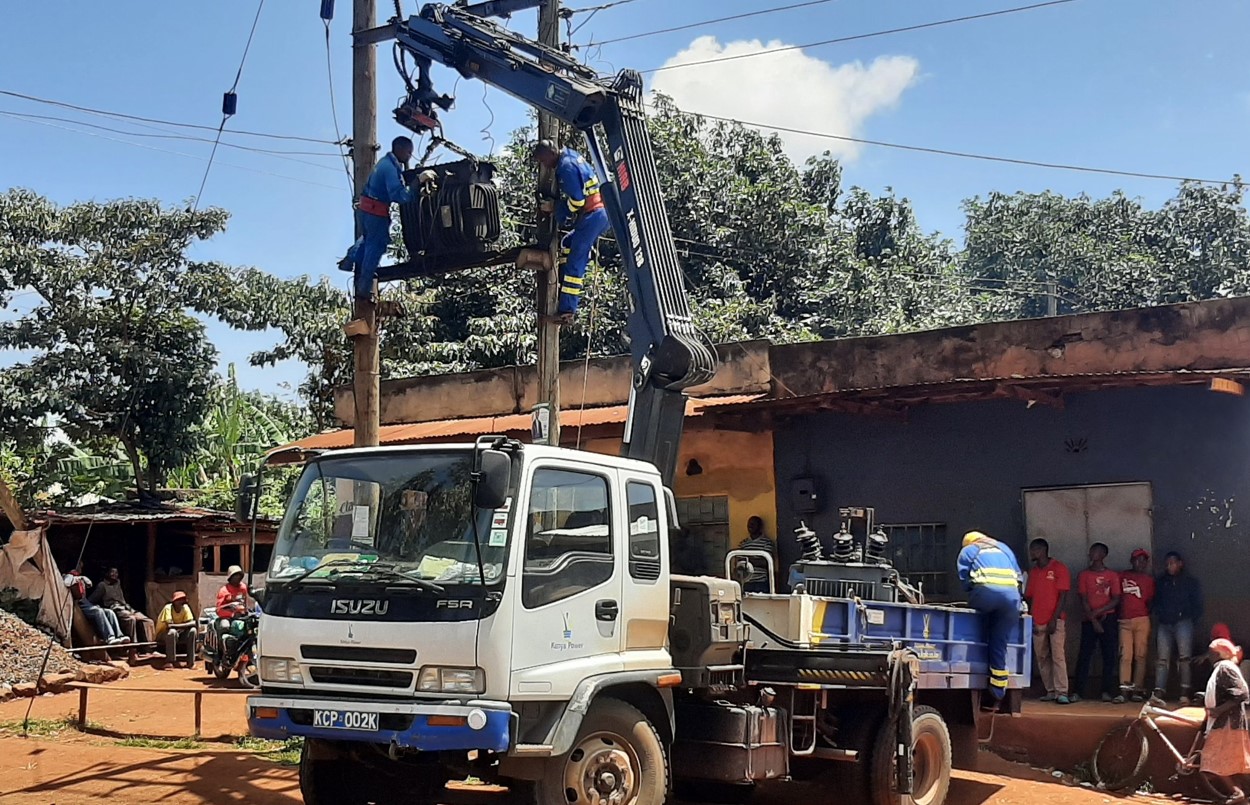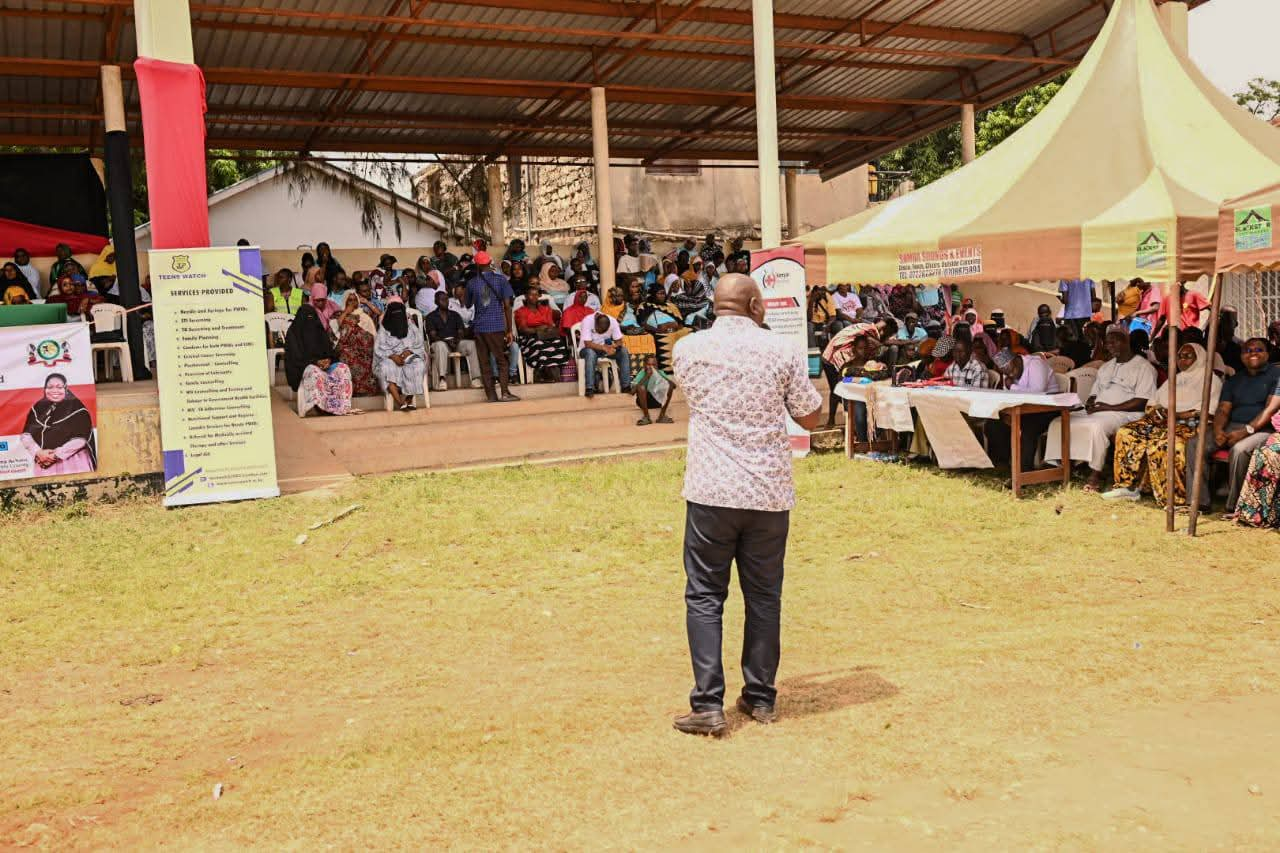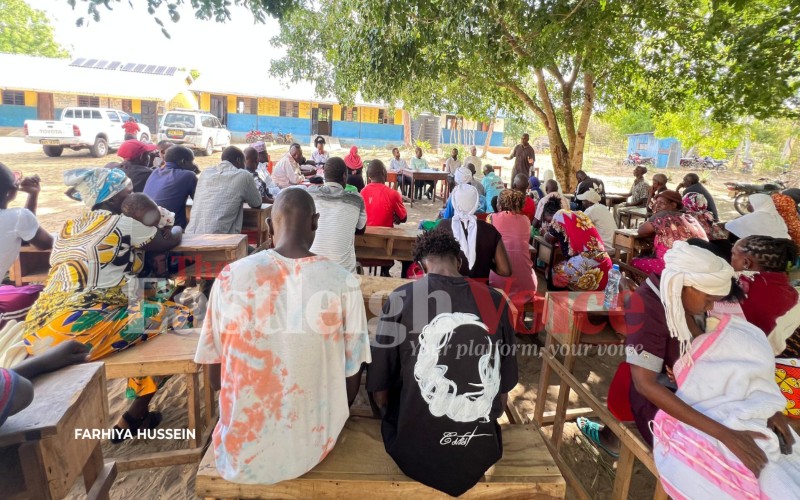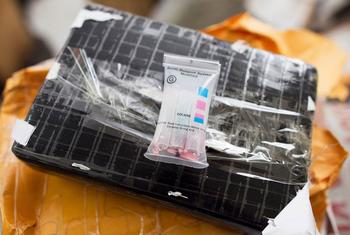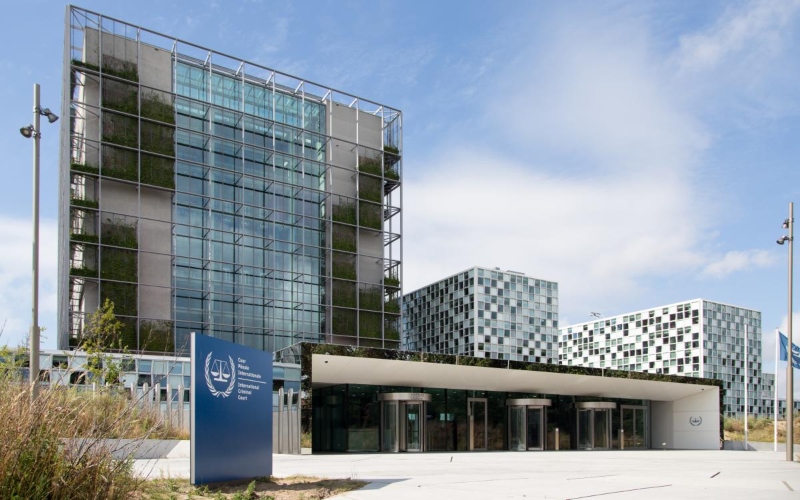New rare blood group discovery solves 50-year-old mystery of previously misunderstood protein
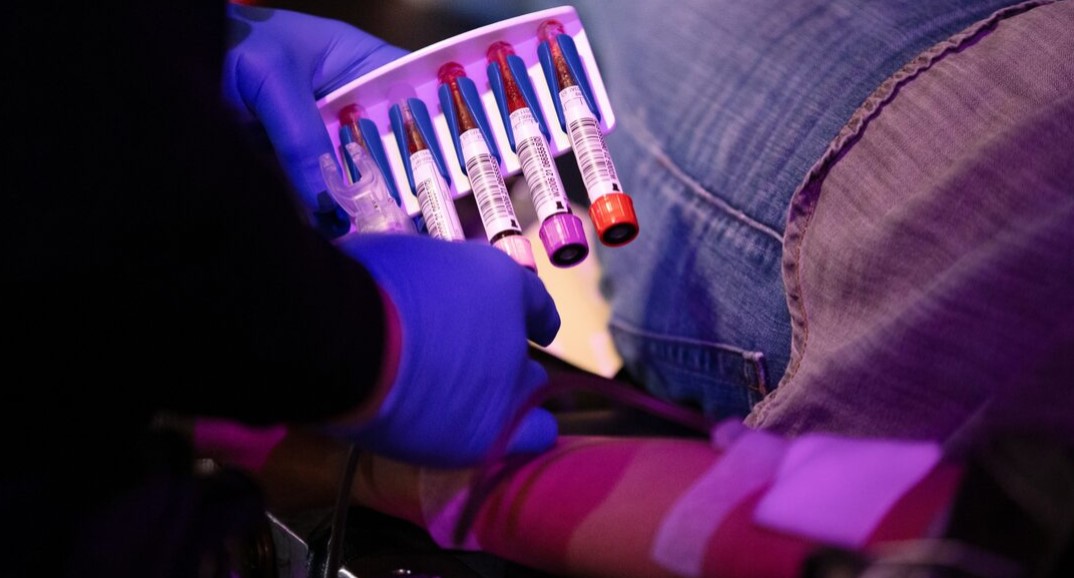
A new and rare blood group has been discovered, marking a significant milestone in global medical research and offering hope for improved blood transfusion practices.
The MAL blood group, identified by researchers in the United Kingdom and Israel, has solved a 50-year-old mystery surrounding a previously misunderstood protein, now named the MAL protein.
More To Read
- Kenya’s silent crisis: How blood shortages are driving maternal deaths
- Nairobi residents urged to donate more blood amid 30 per cent shortfall
- Kemri sounds alarm over budget snub, warns of research collapse and health crisis
- Oluga calls for urgent reforms in blood services to avert crisis, boost UHC goals
- Kenya’s blood transfusion services face collapse as World Bank’s Sh2.7 billion support ends
- Senate calls for urgent review of Kenya’s blood transfusion services
The discovery introduces the 47th recognised blood group system and is based on the identification of the AnWj antigen, a molecular marker carried by MAL protein on red blood cells. The absence of this antigen in some individuals can lead to severe immune reactions during blood transfusions.
Dr Valerie Magutu, a haematologist and lecturer at the University of Nairobi, praised the findings as transformative for transfusion science.
“The AnWj protein is present in the majority of people, 98 per cent, but a small group lacks it. For these individuals, receiving blood containing this protein could trigger an immune response, as their bodies identify it as foreign,” she said.
Rare cases treatment
The discovery is expected to improve the identification and treatment of rare cases, especially among those lacking the MAL protein.
“The genetic basis for this blood group system has now been determined, and this paves the way for safer transfusion practices and new opportunities for research,” Magutu said.
Joseph Sumba, a clinical pathologist at Kenyatta University Teaching, Referral and Research Hospital, highlighted the importance of the discovery for Kenya.
“Although this rare blood group is not routinely tested, it holds great importance for patients who require transfusions but have no compatible matches through standard tests,” he said.
He urged local researchers to explore the prevalence of the MAL blood group in Kenya, which could shape future transfusion practices.
While no such cases have been documented in Kenya due to limited testing capabilities, Sumba called for enhanced research and government strategies to align blood transfusion practices with international standards.
Origin
The origins of the MAL blood group date back to 1972 when a pregnant Arab-Israeli woman was found to lack a surface molecule present on all known red blood cells at the time.
However, it was only in September 2024 that researchers from the UK’s National Health Services Blood and Transplant and the University of Bristol finally identified the genetic basis of the AnWj antigen, resolving the decades-long enigma.
The team employed advanced genetic techniques, including whole exome sequencing, to establish that individuals with the rare inherited AnWj-negative phenotype lack MAL protein in their red blood cells.
Kenyan researchers see the discovery as an opportunity to improve local practices and encourage global collaboration.
With the establishment of the Kenya Tissue and Transplant Authority, there is hope that the country can adopt cutting-edge advancements in blood transfusion to safeguard lives and enhance medical care.
Top Stories Today
